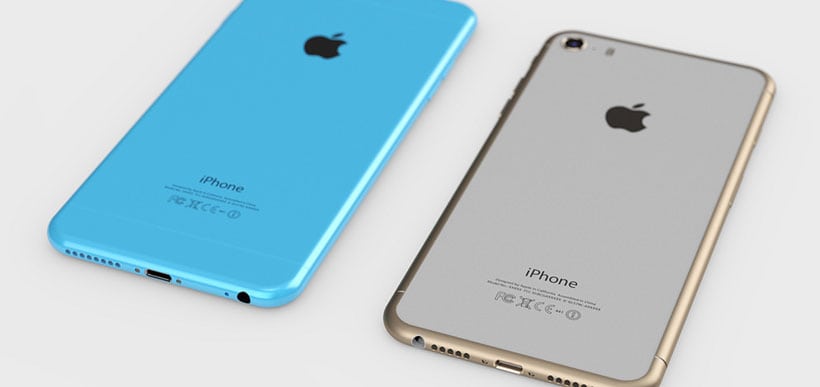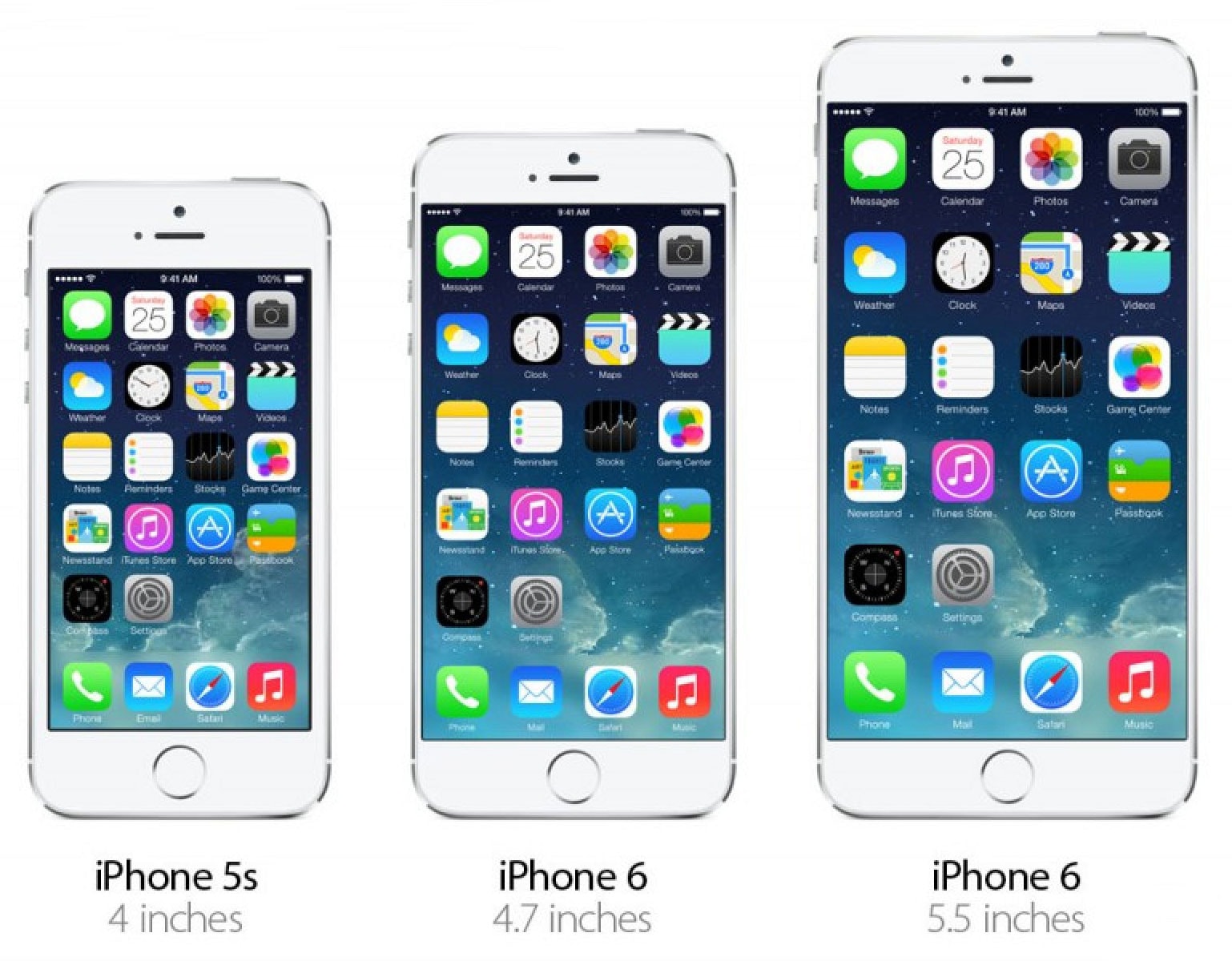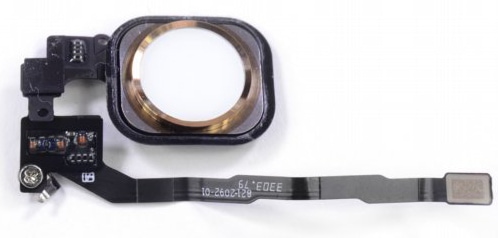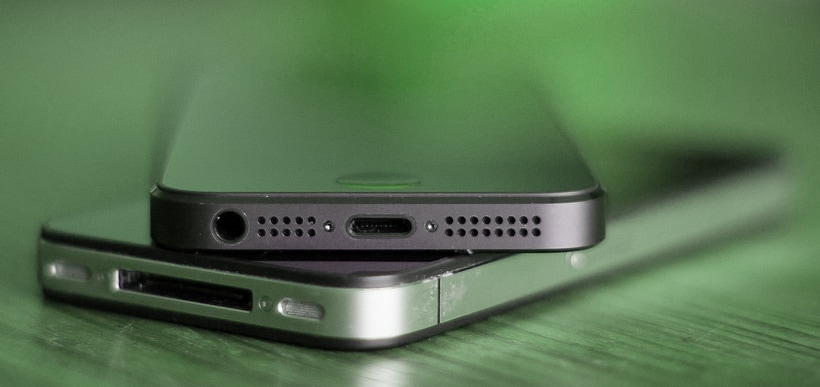Apple has been using Gorilla Glass for years when it comes to getting its products protected. Gorilla Glass is a sturdy glass material that is known to handle many impacts. However, a new glass display may be used in the future.
The Sapphire Glass display may be used by the iPhone 6. It is believed that it will provide iPhone users with an even stronger option that will prevent shattered screens from ever being a problem again while also keeping scratches from being a serious concern in any case.
As appealing as the concept of Sapphire Glass is, there is a need to compare the two options with one another. uBreakFix has taken a closer look at how the Sapphire and Gorilla glass options work as a means of figuring out which one is the better overall choice.
There were three tests that uBreakFix used – the scratch, impact and bend tests. These tests were designed to create a more well-rounded look at how these glass options can function. Here’s a look at how the two fared in all of those tests.
Scratch
A tungsten drill bit was used on both glass items to determine which could scratch first. The Sapphire Glass option resisted scratches better than the Gorilla Glass did. This is a big reason as to why Sapphire is used in the TouchID system on the iPhone 5.
Impact
Some hard impacts were also imposed on these two surfaces. These include cases where the phone was dropped from a distance. The damages to the Gorilla Glass were less intensive than they were for the Sapphire Glass. Therefore, the Gorilla option still works best when it comes to cases where the iPhone is dropped.
Bending
The four-point bending test was used to determine which glass body can handle pressure. The Gorilla Glass surface was more resilient and did not warp, crack or wear out from all the pressure it dealt with as it was being bent. While the Sapphire Glass can also handle such pressure, its threshold for how much it can bear with was much less than what Gorilla Glass can handle.
In summary, Gorilla Glass is still stronger than Sapphire Glass in terms of how resilient it it and how it can handle impacts. However, Sapphire Glass is a better choice when it comes to finding something that resists scratches. All iPhone enthusiasts should take a look at these points as Apple considers new glass materials for the future.








